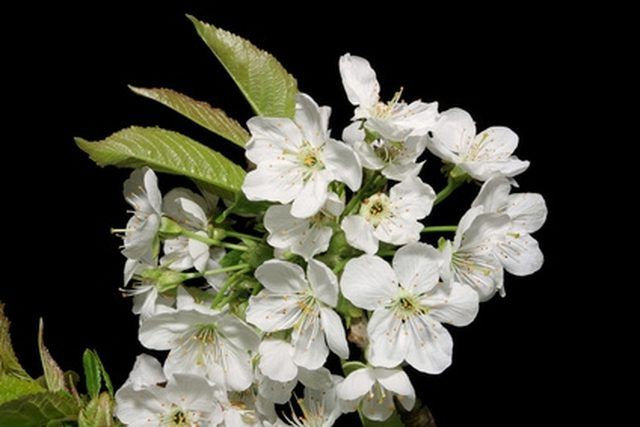Bulbs
Flower Basics
Flower Beds & Specialty Gardens
Flower Garden
Garden Furniture
Garden Gnomes
Garden Seeds
Garden Sheds
Garden Statues
Garden Tools & Supplies
Gardening Basics
Green & Organic
Groundcovers & Vines
Growing Annuals
Growing Basil
Growing Beans
Growing Berries
Growing Blueberries
Growing Cactus
Growing Corn
Growing Cotton
Growing Edibles
Growing Flowers
Growing Garlic
Growing Grapes
Growing Grass
Growing Herbs
Growing Jasmine
Growing Mint
Growing Mushrooms
Orchids
Growing Peanuts
Growing Perennials
Growing Plants
Growing Rosemary
Growing Roses
Growing Strawberries
Growing Sunflowers
Growing Thyme
Growing Tomatoes
Growing Tulips
Growing Vegetables
Herb Basics
Herb Garden
Indoor Growing
Landscaping Basics
Landscaping Patios
Landscaping Plants
Landscaping Shrubs
Landscaping Trees
Landscaping Walks & Pathways
Lawn Basics
Lawn Maintenance
Lawn Mowers
Lawn Ornaments
Lawn Planting
Lawn Tools
Outdoor Growing
Overall Landscape Planning
Pests, Weeds & Problems
Plant Basics
Rock Garden
Rose Garden
Shrubs
Soil
Specialty Gardens
Trees
Vegetable Garden
Yard Maintenance
Information on Fruitless Pear Trees
Information on Fruitless Pear Trees. Fruitless pear trees became popular for landscaping in the 1960s with the introduction of the Bradford pear tree. These ornamental trees offer the spring beauty of an orchard in bloom without the usual maintenance fruiting trees require. There's no fallen fruit to pick off the sidewalk, and no big crop of...

Fruitless pear trees became popular for landscaping in the 1960s with the introduction of the Bradford pear tree. These ornamental trees offer the spring beauty of an orchard in bloom without the usual maintenance fruiting trees require. There's no fallen fruit to pick off the sidewalk, and no big crop of fruit to process or give away--an important feature for busy homeowners and city maintenance workers alike.
Features
Ornamental pear trees are known for their tidy tear-drop shape, which is covered in spring with white blossoms. Mature height ranges from 30 to 50 feet. Leaves are a deep, glossy green. Many ornamental pear trees produce no fruit or small insignificant fruit, 1/2-inch round, that might be eaten by birds. Their shape and narrow upright branch angles make ornamental pear trees prone to storm damage from wind, ice and snow.
History
The ornamental pear trees now used in landscaping are descendants of the Callery pear, which is native to China. Seed imported to the U.S. in 1918 was first used to develop rootstock for cultivated pears. A single non-spiny seedling appeared in an early planting. Named "Bradford," this cultivar wasn't self-pollinating, so it produced no seeds or fruit. As later cultivars were developed and sold at nurseries, cross-pollination began to occur between cultivars that were planted close to one another.
Significance
The fruits from these cross-pollinated ornamental pears bore fertile seeds that were spread by birds. Some of the seeds produced wild types with nasty thorns. Naturalized populations competed with native species. Thorny wild stands of Callery pear types can be time-consuming and costly to clear from roadsides, parks, and other area. The U.S. Forest Service and many states consider Callery pear types to be an invasive species.
Solution
Horticulturalists are breeding what they hope will be a sterile cultivar of the Callery pear. A sterile option will not solve the existing problem. It would, however, offer landscapers a tree choice that has all the benefits that made ornamental pear cultivars popular without the risk of creating invasive seeds. Some experts on invasive species recommend removing all ornamental pear trees and planting other species instead.
Cultivars
More than 25 cultivars of ornamental pears have become commercially available since 1960. Nearly all are fruitless unless cross-pollination occurs. Many are resistant to fireblight, a common bacterial disease. Some are less prone to splitting than the original Bradford cultivar. These include Chanticleer, Cleveland, Earlyred and New Bradford.